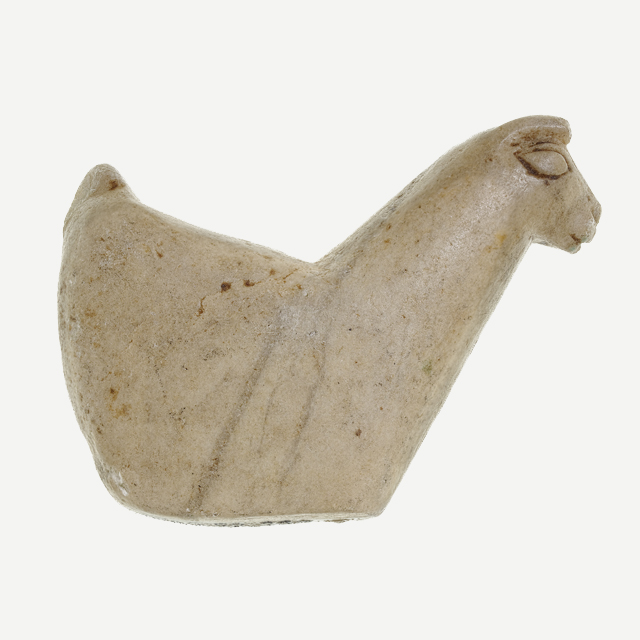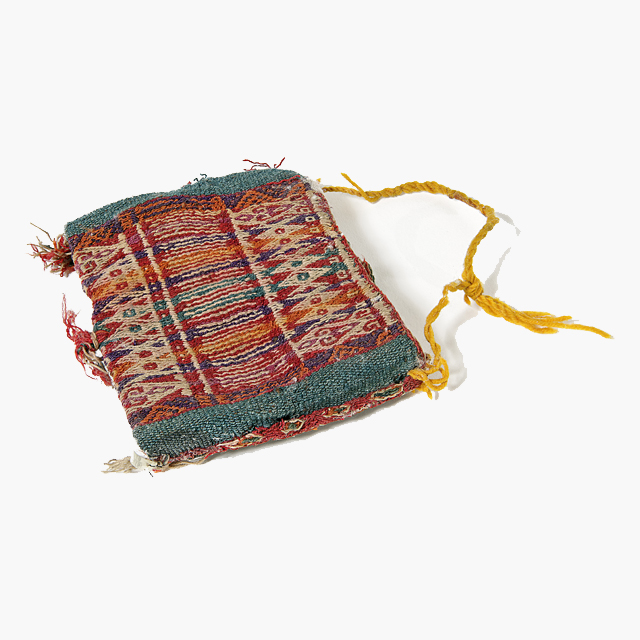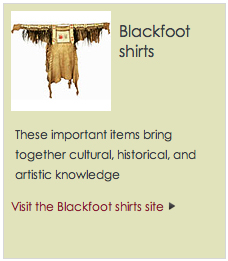Stone Llama, Bolivia


Transferred from the Wellcome Institute in 1985; 1985.52.223 and 1985.52.2254
In 1903 the French government organized a scientific expedition to Tiahuanaco, a pre-Columbian archaeological site in western Bolivia. The principal archaeologist on the expedition was Adrien de Mortillet and, although de Mortillet returned to France early due to ill health, he brought several stone amulets, known as illas, home with him.
This illa resembles a llama. It is carved from huamanga, an alabaster stone found in the Andes, and would have been carried in this traditional sacred coca bag together with some coca leaves. Illa were, and still are, carried to protect the herds of animals that they represent from harm, and to bring fertility to the animals and prosperity to the herders. They are treasured as guardians of the herd and passed down from generation to generation by Andean herders.






